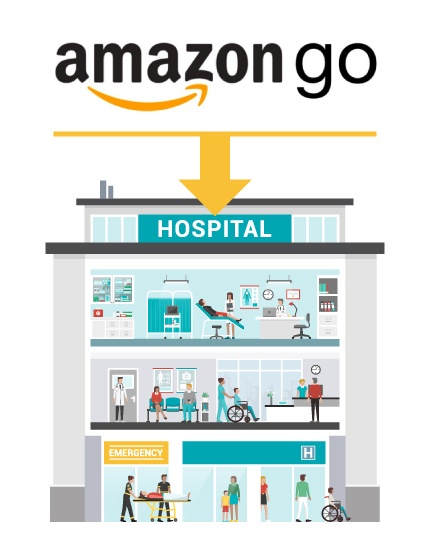This June, I’ve sat on two forum panels with many of my healthcare and development peers. While I was prepared to discuss the typical healthcare real estate issues – program and service trends, care model evolution, asset valuation as well as debate the pros and cons of “own-vs-rent,” the conversations have taken a decidedly “techy” turn and I found myself engaged in fascinating discussions about consumer expectations and the future of the industry.

As is detailed in Bisnow’s blog from the DC forum, consumer expectations and behaviors are evolving with the increasingly seamless integration of virtual and physical environments. Apple, Amazon and other retail disruptors are redefining the retail experience, appealing to consumer demands of convenience, access and efficiency.
 Ray Brower, another member of one of the panels, presented an example and detailed what his client has been able to do to help their oncology patients with scheduling and throughput. We discussed how items we take for granted in our daily lives – apps, smart phones and GPS – can lead to patient and staff satisfaction.Often, we discuss the retailization of healthcare, usually in regard to the integration of clinic spaces within large retail chains, or with systems consuming failed retail locations. What are the deeper lessons we can learn by exploring the dynamics of the retail industry? Who are the innovators? What are they doing? Why are they doing it? What is the potential for re-application in the healthcare market? What can health systems learn from analyzing Amazon, for instance? We discussed the Amazon Go concept, with its automated check-in and check-out capabilities, streamlining access and convenience and allowing consumers to focus on “value-added” activities.
Ray Brower, another member of one of the panels, presented an example and detailed what his client has been able to do to help their oncology patients with scheduling and throughput. We discussed how items we take for granted in our daily lives – apps, smart phones and GPS – can lead to patient and staff satisfaction.Often, we discuss the retailization of healthcare, usually in regard to the integration of clinic spaces within large retail chains, or with systems consuming failed retail locations. What are the deeper lessons we can learn by exploring the dynamics of the retail industry? Who are the innovators? What are they doing? Why are they doing it? What is the potential for re-application in the healthcare market? What can health systems learn from analyzing Amazon, for instance? We discussed the Amazon Go concept, with its automated check-in and check-out capabilities, streamlining access and convenience and allowing consumers to focus on “value-added” activities.
Array will continue to look to other industries for example and innovation. The convergence between the retail and healthcare industries is accelerating with the advent of consumer-driven healthcare. Technology has been disrupting the retail industry for decades, and has determined the evolution of consumer expectations. These same expectations are percolating into healthcare, and the systems that can “creatively re-apply” disruptive technologies, strategies and organizational models will differentiate in a highly-competitive market, and may help define the future of the industry.
For more thoughts on being the disruptor, click link below.

